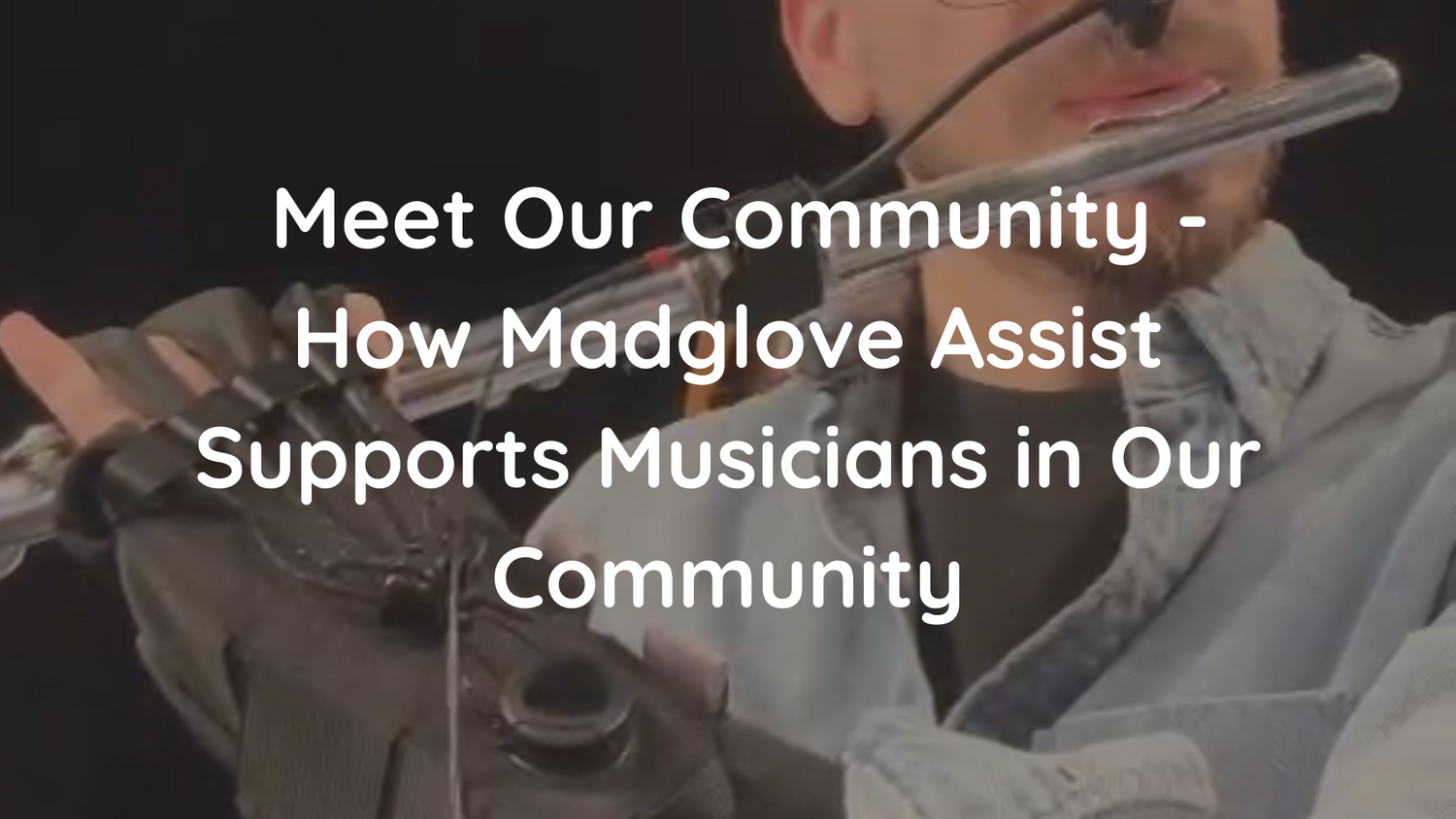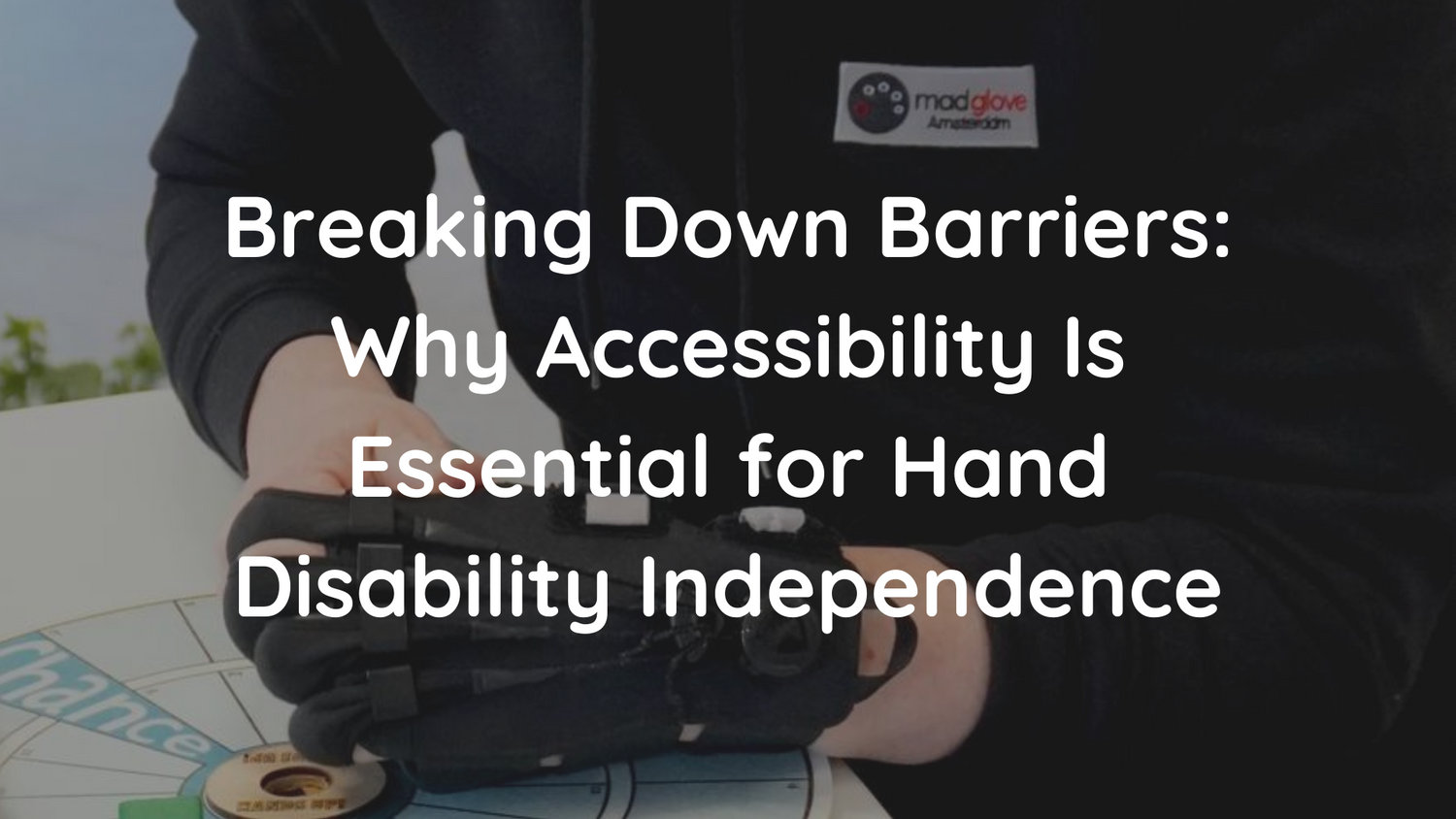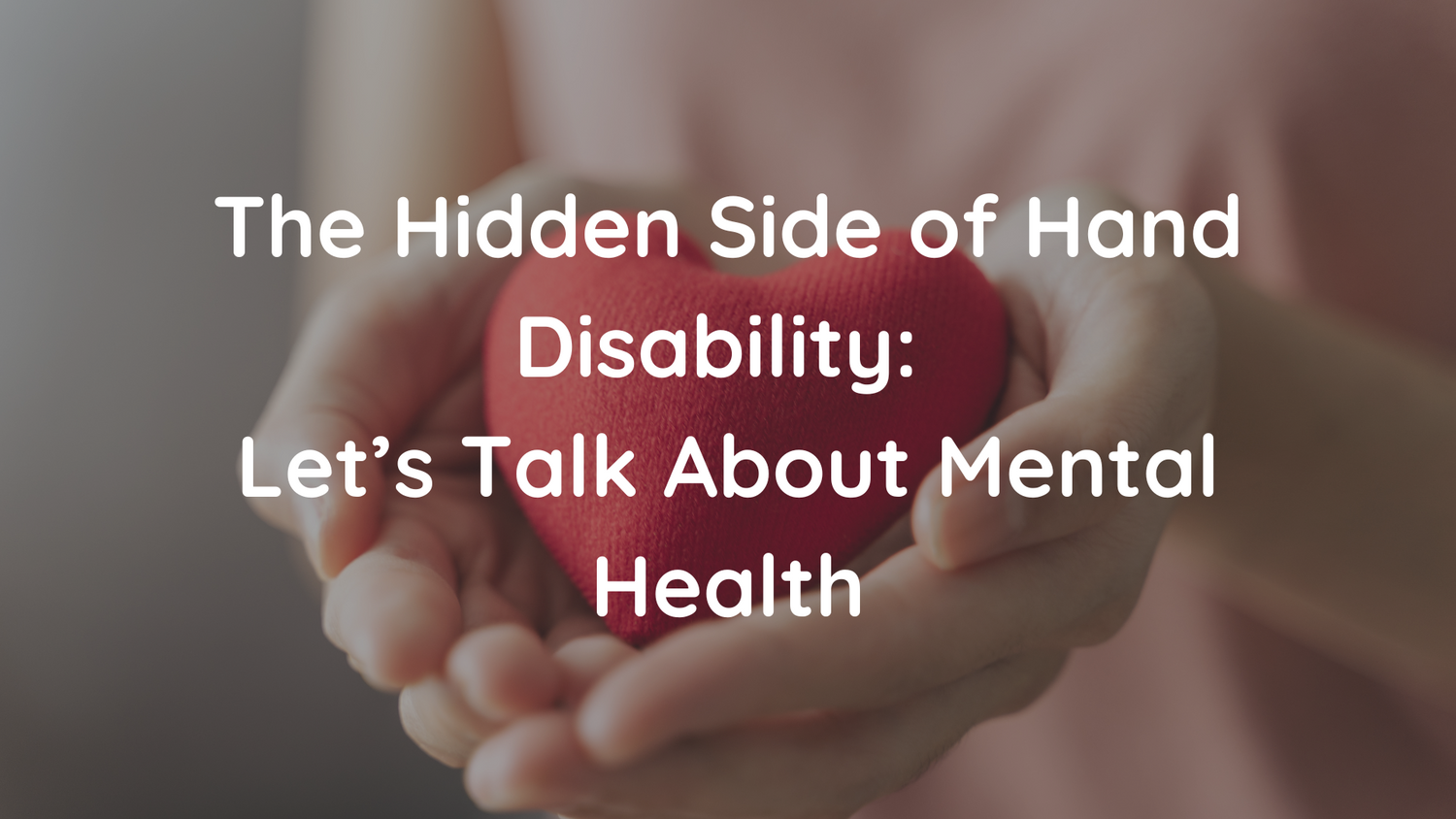Picture this: It's Tuesday morning, and you're helping your loved one get dressed for the first time since their stroke.
What used to be a five-minute routine now feels like navigating unknown territory.
You're watching them struggle with buttons that seem impossibly small, and you can see the frustration building in their eyes.
Your heart hurts as you wonder whether to step in and help or give them space to figure it out themselves.
Every small decision feels monumental, and you're questioning whether you're doing enough or perhaps too much.
For countless caregivers, these moments define the new reality of supporting a stroke survivor through daily activities.
The weight of responsibility feels overwhelming, especially when you're trying to balance encouragement with practical help, independence with safety.
This is where understanding the role of occupational therapy and developing effective caregiving strategies becomes essential.
Rather than navigating this journey alone, you can learn evidence-based approaches that support both your loved one's recovery and your own wellbeing as a caregiver which is as important.
The Hidden Challenge of Daily Living After Stroke
Stroke affects far more than just movement or speech.
It impacts every aspect of daily living.
Motor function changes, altered sensation, coordination difficulties, visual perception shifts, and cognitive changes all influence a person's ability to manage tasks they've done automatically for decades.
And tasks that used to be part of daily life, now seem like a never ending challenge.
And what is important to note is that recent research shows that caregivers often experience significant burden while trying to support their loved ones through these challenges, particularly when they lack specific strategies and knowledge.
The reality is that traditional hospital discharge often leaves families feeling unprepared for the complexities of daily care.
You're sent home with basic instructions but little guidance on how to navigate the emotional and practical realities of supporting someone through activities like eating, dressing, bathing, or even having a meaningful conversation.
How Occupational Therapy Changes Everything - Both for Survivor and Caregiver
This is where occupational therapy steps in.
Not as another appointment to add to your calendar, but as a partnership that transforms how both you and your loved one approach daily activities.
Occupational therapists specialize in assessing how stroke-related changes affect a person's capacity to manage life tasks, then developing interventions that improve participation in meaningful activities while supporting both the survivor and their caregivers.
What sets occupational therapy apart is its focus on real-life application.
Instead of abstract exercises, occupational therapists work on actual daily tasks like getting dressed, preparing meals, managing medications, or returning to work.
They understand that recovery isn't just about regaining physical abilities; it's about reclaiming independence, dignity, and the ability to engage in activities that bring meaning to life.
The approach emphasizes individual goal-setting, which means your loved one's specific interests, values, and priorities drive the therapy process.
Whether that's being able to make morning coffee, garden again, or return to volunteer work, the therapy targets what matters most to them.
Because everybody's journey is different and everyone deserves to live their life to the fullest no matter the circumstances and challenges.
Practical Strategies for Supporting Daily Activities After Stroke
When you understand how occupational therapists approach daily activities, you can apply similar principles in your caregiving.
The key is focusing on task adaptation and environmental modification rather than simply doing everything for your loved one.
Start by observing which parts of a task are challenging and which parts remain manageable.
During dressing, your loved one might struggle with fine motor skills needed for buttons but manage larger movements well. Instead of taking over completely, try adapting the task while preserving their independence.
Here especially helpful might be tools like Madglove Assist that are created with the goal of providing support and independence for those struggling with hand disabilities and hand spasticity after stroke.
At the end of the day, nothing feels better than seeing progress while living your daily life.
Moreover environmental modifications can make enormous differences with simple changes. Removing throw rugs reduces fall risks, installing grab bars provides support, and organizing frequently used items at accessible heights prevents unnecessary reaching or bending.
Good lighting, contrasting colors to help with visual perception, and clear pathways all support safer, more independent movement through daily activities.
Building Your Support System
Let’s not forget about the importance of strong support for both survivor and caregiver.
Research demonstrates that caregivers who receive specific training and support experience significantly less burden and develop better coping strategies.
Because strokes affect everyone. Not only the survivors but also their closed ones.
Therefore early occupational therapy intervention programs don't just benefit stroke survivors.
They specifically target caregiver education and support, recognizing that successful recovery depends on the entire care team.
Effective programs teach caregivers how to balance assistance with independence, recognize signs of fatigue or frustration, and modify activities based on changing abilities.
You learn when to encourage continued effort and when to provide support, how to create safe environments while promoting autonomy, and strategies for managing your own stress and emotional responses.
The goal isn't to turn you into a therapist but to give you confidence in supporting daily activities while maintaining your relationship as a family member or friend.
Professional occupational therapists work alongside you, providing expertise while you provide the daily support and emotional connection that's essential for recovery.
Understanding the Emotional Journey
There is one aspect of stroke recovery that is not mentioned enough.
Recovery from stroke involves intense emotional components that affect both survivors and caregivers.
Your loved one may experience frustration, sadness, or anger as they adjust to new limitations, while you might feel overwhelmed, guilty, or uncertain about how to help effectively.
Occupational therapy addresses these emotional aspects by focusing on achievable goals and celebrating progress, no matter how small.
When your loved one successfully completes a task they've been working on, it builds confidence and motivation for tackling the next challenge.
As a caregiver, witnessing these victories, whether it's independently brushing teeth or preparing a simple meal, reminds you that progress is happening, even when some days feel particularly difficult.
Professional support also helps you develop realistic expectations and understand that recovery timelines vary greatly between individuals.
Some improvements happen quickly, others take months or even years, and some changes become permanent adaptations rather than temporary challenges.
Creating Meaningful Daily Routines
Occupational therapy emphasizes returning to meaningful activities, not just basic self-care tasks.
This might mean helping your loved one adapt their morning routine to include reading the newspaper, supporting their participation in family meals, or modifying hobby activities so they remain accessible and enjoyable.
The key is identifying activities that brought joy, purpose, or satisfaction before the stroke, then finding ways to adapt them rather than eliminate them entirely.
These meaningful activities provide motivation for working on underlying skills like coordination, problem-solving, or endurance. Progress feels more relevant when it's connected to personally important goals rather than abstract therapy exercises.
When Professional Support Makes the Difference
While family caregivers provide essential daily support, professional occupational therapy brings specialized knowledge that can accelerate recovery and prevent complications.
Occupational therapists assess visual perception issues that might affect safety, cognitive changes that impact problem-solving abilities, and motor function changes that require specific intervention approaches.
They also provide training on adaptive equipment, home modifications, and safety strategies that you might not discover on your own.
More importantly, they can identify when your loved one is ready for increased independence and guide you through the process of gradually reducing assistance without compromising safety.
Professional support becomes particularly valuable when you encounter plateaus in recovery, face new challenges, or need help adjusting to changing abilities over time. Having an expert partner in the recovery process provides both practical knowledge and emotional reassurance that you're supporting your loved one effectively.
At the end of the day stroke recovery is ultimately about reclaiming daily life on new terms.
Every small step toward independence, every adapted activity that brings satisfaction, every moment of connection and dignity matters immensely.
As a caregiver, you're not just helping with tasks.
You're supporting someone's journey back to meaningful participation in life.
The strategies you learn, the adaptations you implement, and the patience you practice during daily activities create the foundation for long-term recovery and wellbeing.
By understanding occupational therapy principles and applying them in your daily interactions, you become a crucial partner in helping your loved one write their recovery story, one meaningful moment at a time.
Resources:





